-

Bust of Darwin
-

Taking after their parents
-
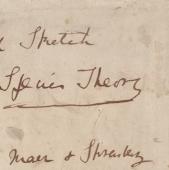
Developing species theory
-

The genesis of pangenesis
-

The extended family tree
-
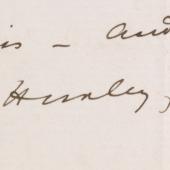
Huxley on pangenesis
-

'Like confessing a murder'
-
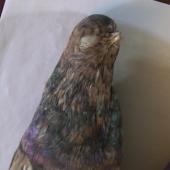
Selective breeding: pigeons
-

Selective breeding: chickens
-
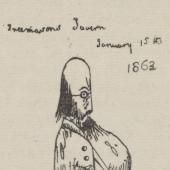
Tegetmeier the pigeon
-

The inheritance of various characters
-
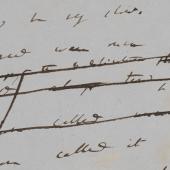
Survival by chance 1
-

Survival by chance 2
-
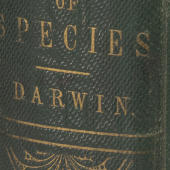
The origin of species
-

Seeing ourselves
-
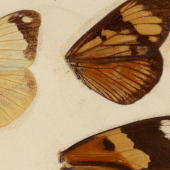
Studying the butterfly - Darwin
-
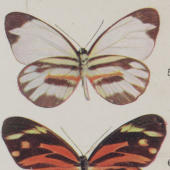
Studying the butterfly - Punnett
-
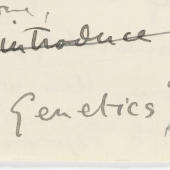
Naming 'genetics'
-

Understanding structures
-
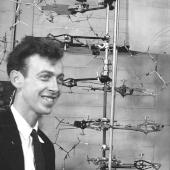
DNA unravelled
-
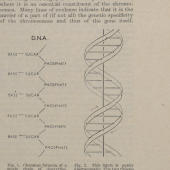
Publishing the helix
-
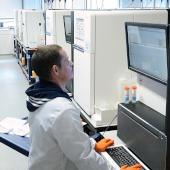
Decoding the genome
The evolution of genetics: from Darwin to DNA
Lines of thought
The idea that characteristics could be passed from one generation to another was crucial to Charles Darwin’s theory of how new forms of life develop. Darwin’s own theory of inheritance, which he named ‘pangenesis’, was short-lived. Only twenty years after Darwin’s death, William Bateson, fellow of St John’s College, Cambridge, championed a very different approach, which he named ‘genetics’. The drawing together of the new science of genetics with Darwin’s theory of natural selection took time. But in the 1920s and 1930s J. B. S. Haldane, a geneticist at Trinity College, contributed to what is now known as the ‘modern synthesis’, the theory which posited that both genetics and natural selection drove evolutionary change.
In the 1950s the structure of DNA, the compound that encodes genetic information, was finally deciphered by Francis Crick, James Watson, Rosalind Franklin and Maurice Wilkins, all of whom were working in or trained in Cambridge. In 2000 a team led by Sir John Sulston, working at the Sanger Institute and using techniques for decoding DNA developed by Cambridge Nobel Prize winner Fred Sanger, first sequenced the human genome.
Subject specialist curator Dr Alison Pearn, Associate Director of the Darwin Correspondence Project, discusses the theme of Genetics in this specially commissioned film.